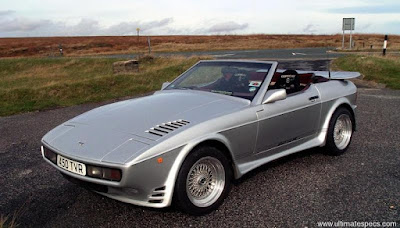
Legendary Exclusivity - A car isn’t just a mode of transportation; for many, it’s a symbol of innovation, passion, and craftsmanship. In the world of luxury automobiles, Lamborghini stands tall as a beacon of these qualities. The Lamborghini Invencible, a masterpiece in automotive engineering, exemplifies this legacy. With a heritage rooted in excellence, the...






